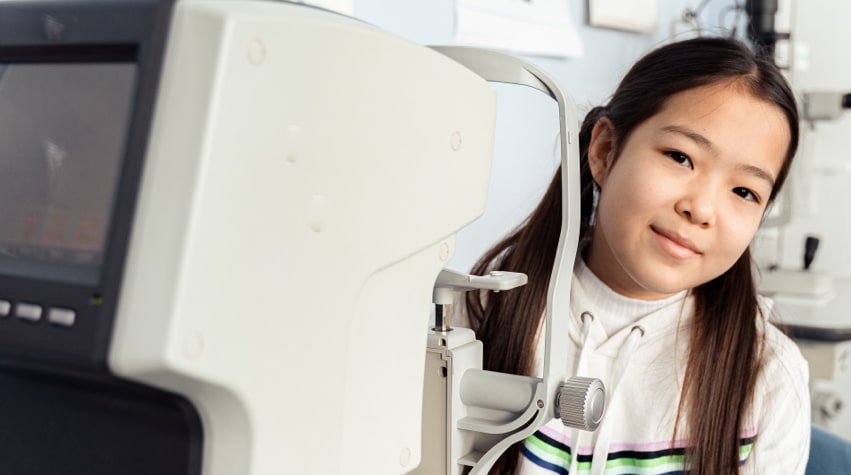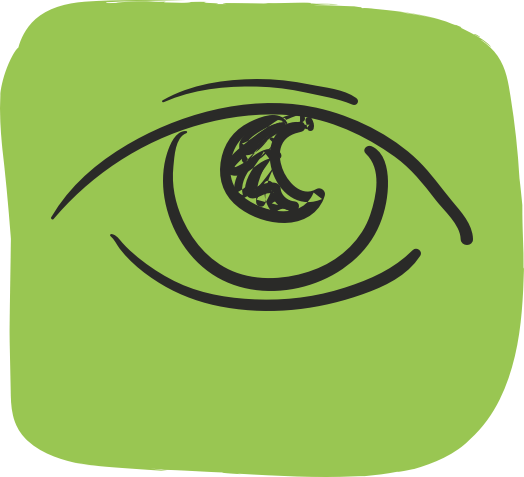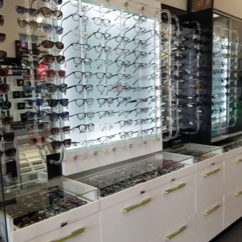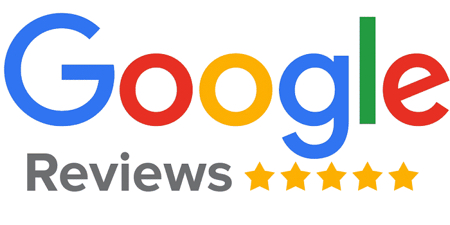An eye exam may seem expensive, but skipping one is very inadvisable. Studies have found that delays in eye examinations during the pandemic years resulted in roughly 1,437 Canadians losing their vision!
Fortunately, there’s an easy way for you to offset the cost of eye exams – OHIP. The Ontario Health Insurance Plan provides healthcare coverage for around 15 million. And, very recently, OHIP was expanded to include eye exams for more people.
We’ve addressed the topic of the cost of an eye exam in Ontario in detail here.
Are Eye Exams Covered By OHIP? Yes, They Are
As of September 1, 2023, the program has been modified to increase OHIP eye exam coverage for Ontarians. It provides improved coverage for children, seniors, and those with chronic diseases.
Will your eye exam be covered by OHIP? The lists below will help you answer just that:
Infants and Young Adults (Under 19)
Patients aged 19 and younger can receive one comprehensive eye exam per year, fully covered by OHIP.
They are also eligible for OHIP-insured partial examinations between annual check-ups if they have a specific eye or vision issue. For instance, OHIP covers visits to an optometrist to diagnose and treat an eye infection.
However, OHIP does not cover second opinions. Exams by a different optometrist to confirm a diagnosis are not included in OHIP coverage.
OHIP’s eye examination coverage remains unchanged for this age group after September 1, 2023.
Adults (Ages 20-64)
People aged 20-64 aren’t generally eligible for OHIP eye exam coverage. However, the 2023 modification improves access for people with qualifying medical conditions that threaten their sight.
Anyone with one or more of the following conditions is eligible to receive a comprehensive OHIP-covered eye exam once a year.
- Diabetes
- Glaucoma
- Cataracts
- Retinal disease
- Corneal disease
- Optic nerve pathway disease
- Uveitis
- People taking medications such as Chloroquine and Tamoxifen
- Injury or disease causing sudden onset of strabismus
Anyone diagnosed with any of these conditions can also receive up to two OHIP-insured partial examinations each year to manage their condition.
For instance, someone with corneal disease can have two additional insured visits annually to check for dystrophy.
Note: You cannot simply walk into an optometry practice and receive an OHIP eye exam. You will need a physician’s referral for an OHIP eye exam.
Seniors (65 Years and Older)
Senior eye care has also been prioritized under OHIP. Ontarians above the age of 65 are eligible for a comprehensive eye exam once every 18 months.
However, seniors with one or more qualifying medical conditions are eligible to receive a comprehensive eye exam once a year.
- Diabetes
- Glaucoma
- Cataracts
- Retinal disease
- Corneal disease
- Optic nerve pathway disease
- Uveitis
- People taking medications such as Chloroquine and Tamoxifen
- Injury or disease causing sudden onset of strabismus
All patients aged 65 and older can receive up to two OHIP-insured partial examinations between their regular check-ups, if necessary.
What’s Not Covered Under OHIP
Vision care certainly goes beyond routine eye examinations. Some corrective medical interventions are definitively beyond the scope of the provincial health insurance plan. These include:
- Eyeglasses
- Contact lenses
- Laser eye surgeries
- Medication
Alternatives to OHIP Coverage for Eye Exams
“Most Canadians fear losing their vision, yet only about 50% actually see a healthcare professional for serious eye conditions,” says Parm Dhillon, Founder of Image Optical.
“Relying on OHIP coverage for eye exams is insufficient. Especially if you are monitoring worsening vision concerns, you need to get at least bi-annual eye exams.”
While OHIP falls short on some counts in covering routine eye exams for all Ontarians, there exist a host of alternative options that can help ensure affordable access to eye care services.
Private Employer Benefits
Employee health insurance plans in both the private and public sector offer employees a host of healthcare services. Under these, Ontarians can claim insurance cover for vision care tools including comprehensive eye examinations, prescription eyewear, and the like.
Some of these plans are in fact, offering wider coverage than the provincial healthcare insurance plan. They even cover expenses on contact lenses, laser eye surgeries, and more.
Government Assistance
Those facing financial hardships fall under the welfare umbrella and may be eligible for the government’s healthcare assistance schemes.
One such policy framework that includes eye health services is the Canadian Public Service Health Care Plan’s “Vision Care Benefit” that provides upto 80% reimbursement of medical expenses.
Charitable Health Centres
Those for whom private optometric healthcare remains a distant dream, various community health centers and charitable organisations offer free of cost or heavily subsidised eye care services.
Flexible Payments
People who don’t have insurance coverage for eye exams can opt to pay out of pocket. Some optometrists offer flexible payment plans, so consult with yours to explore flexible payment options.
Here’s a Top Tip: Claim a Tax Deduction on Your Prescription Eyewear
Did you know prescription eyewear qualifies as a deductible medical expense from your personal income.
To claim your glasses or contacts, typically all you need is a purchase receipt (with the date) and a copy of your prescription.
The deduction is filed under Lines 33099 and 33199 of your personal income tax return.
How Often Should You Get an Eye Exam?
Most serious symptoms of eye-related illnesses only manifest at later stages. Periodic eye exams can help with early detection of latent conditions and allow for timely medical interventions.
In the absence of this, the risk of vision loss and irreversible damage to eyesight runs high.
Impaired vision can not only significantly impact your quality of life, but can also impact your ability to earn and enjoy life.
Furthermore, vision problems increase the risk of otherwise avoidable accidents and injuries, which can be a barrier to participating in activities you enjoy.
Here’s how frequently you should get eye exams:
| Age Group | Frequency of Eye Exams | Reasons |
| Infants (6-9 months) | Once, between 6-9 months | Early detection of strabismus or amblyopia, ensuring proper development. |
| Preschoolers (2-5 years) | Once during this age | Assess eye coordination, depth perception, and hand-eye coordination. |
| School-age (6-19 years) | Annually | Identify refractive errors (myopia, hyperopia), headaches, or reading difficulties. |
| Adults (20-64 years) | Every 2 years; annually if diabetic | Check for presbyopia, cataracts, diabetic retinopathy. |
| Seniors (65+ years) | Annually | Monitor for glaucoma, macular degeneration, and other age-related conditions. |
Schedule Your Next Eye Exam at Image Optical
Don’t let cost prevent you from getting the eye care you need. Schedule an appointment with one of our optometrists at our Brampton clinic.
We have a 4.9 (out of 5) rating on Google Reviews from over 500 reviews! Our team goes the extra mile to offer exceptional service and value whether you’re getting an eye exam or buying eyewear from us.




















